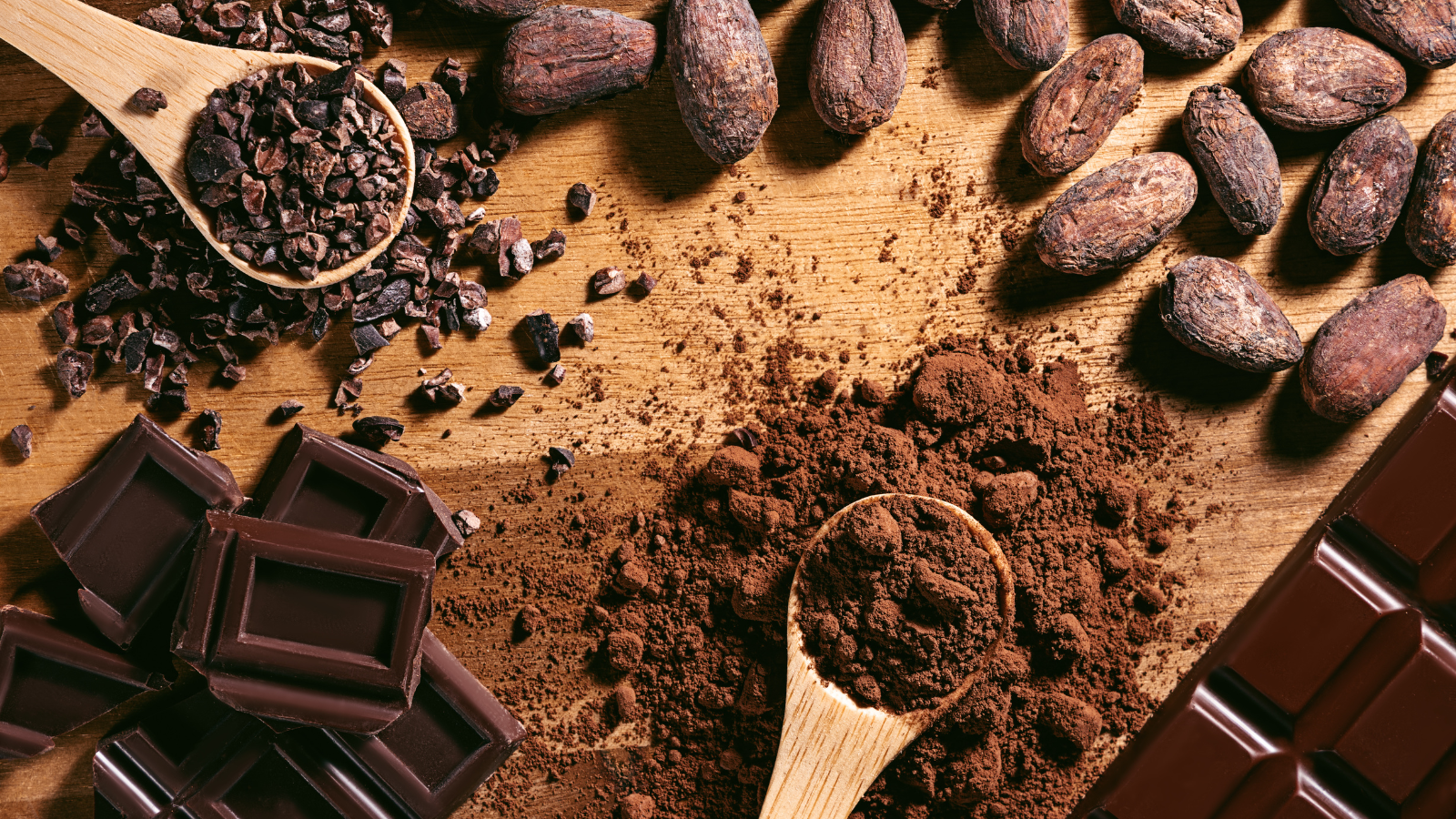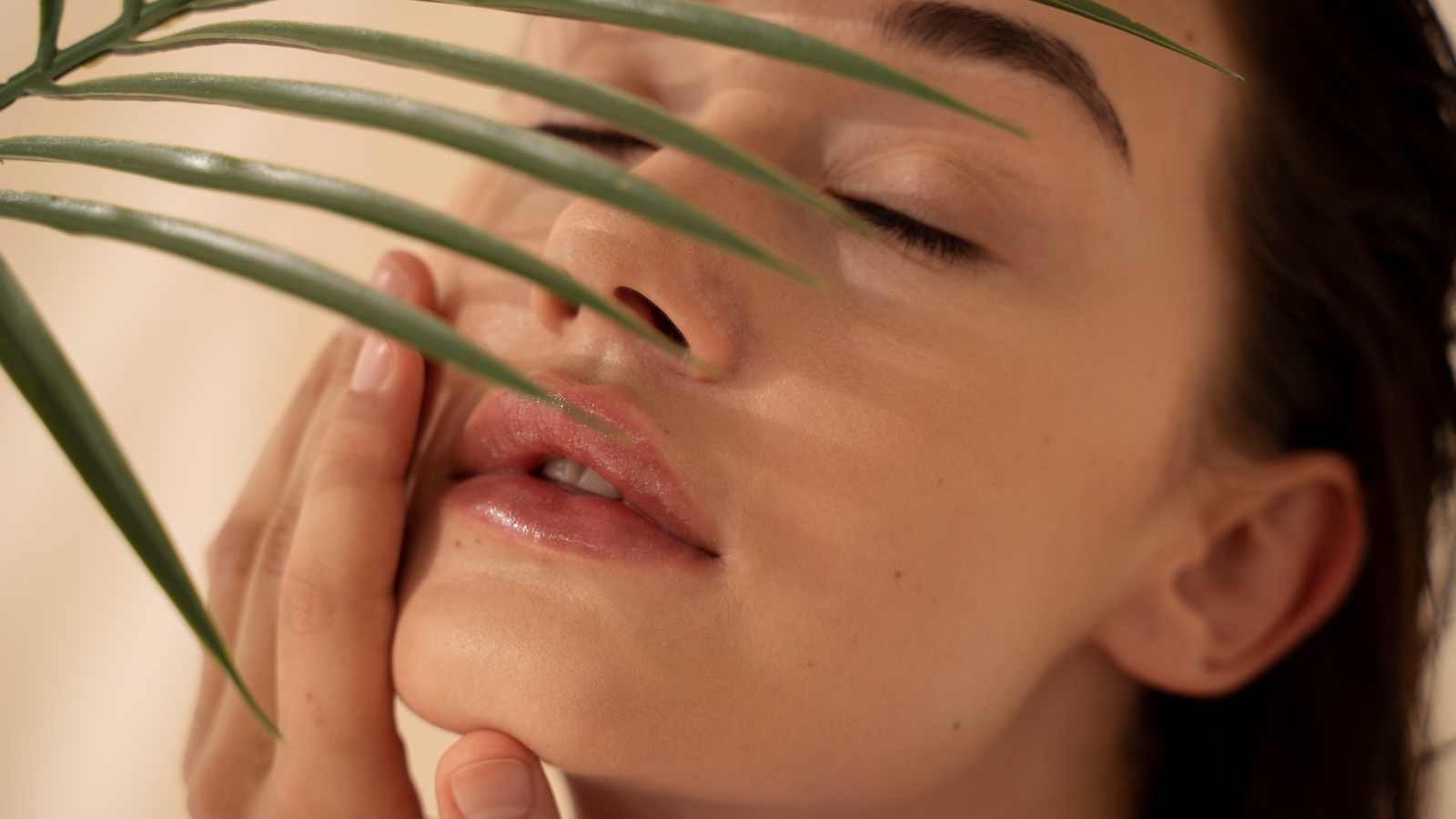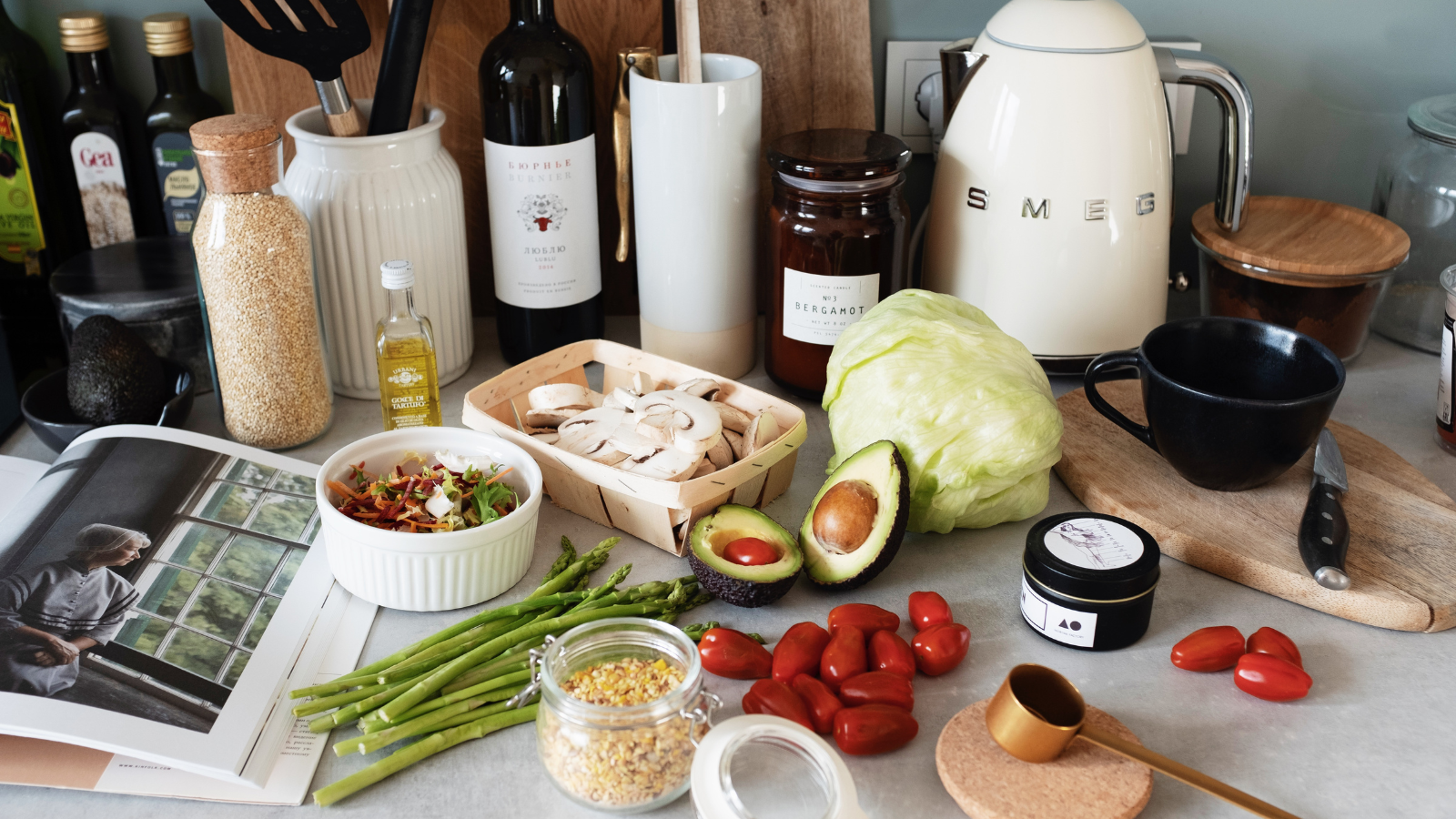Activities to Welcome Spring with Children!
Mar 26, 2024
As the seasons change from winter to spring, your baby's care routine might need a few adjustments to accommodate the warmer weather and potential changes in their skin, activity levels, and overall health.
Here's a spring baby care routine to consider:
Skin Care
1. Sun Protection: With more sunlight, it's essential to protect your baby's delicate skin from harmful UV rays. Use a baby-safe sunscreen (SPF 30 or higher) on exposed skin when going outdoors.
2. Hydration: Warmer weather means your baby might need more fluids. Ensure they're getting enough breast milk or formula. If they've started on solids, offer more water.
3. Moisturize: If your baby's skin tends to dry out, continue using a gentle baby moisturizer, especially after bath time. Look for products with natural ingredients and no harsh chemicals.
Clothing
1. Lighter Layers: Swap out heavy winter clothing for lighter layers. Dress your baby in breathable cotton or other natural fabrics to prevent overheating.
2. Hats: A lightweight hat with a brim can protect your baby's face from the sun. Choose one that ties under the chin to keep it secure.
Bathing
1. Frequency: Depending on how active your baby is, you may need to bathe them more frequently to remove sweat and dirt.
2. Water Temperature: The water doesn't need to be as warm now. Lukewarm water is comfortable and won't dry out their skin.
3. After Bath Care: Pat your baby's skin dry instead of rubbing, and moisturize to lock in hydration.
Sleep
1. Room Temperature: Adjust the room temperature for comfortable sleep. Use lighter bedding or adjust the thermostat accordingly.
2. Sunlight: Longer days might affect your baby's sleep schedule. Ensure their room is dark enough for restful sleep, especially during daylight saving time changes.
Outdoors
1. Fresh Air: Spring is perfect for outdoor strolls. Use a lightweight stroller with a canopy for shade.
2. Allergens: Pollen levels can be high in spring. Keep windows closed during peak pollen times, and wash your baby's hands and face after outdoor play.
3. Bug Protection: If mosquitoes or ticks are common in your area, use safe insect repellents or dress your baby in long-sleeved shirts and pants when outdoors.
Playtime
1. Outdoor Activities: Take advantage of the milder weather with outdoor playtime. Parks, picnics, and nature walks can be enjoyable.
2. Indoor Activities: Have some indoor activities planned for rainy days or when pollen levels are high. Simple games or sensory play can keep them entertained.
Health
1. Check-ups: Schedule any necessary check-ups with your paediatrician, especially if your baby needs seasonal vaccinations.
2. Allergies: Watch for signs of allergies such as sneezing, congestion, or skin rashes. Consult your paediatrician if you suspect allergies.
3. Spring Illnesses: Be mindful of common spring illnesses like colds. Wash hands frequently and limit exposure to sick individuals.
Feeding
1. Seasonal Foods: If your baby is on solids, introduce seasonal fruits and vegetables. Spring brings a variety of fresh produce like strawberries, peas, and asparagus.
2. Allergy Introductions: Talk to your paediatrician about introducing potential allergens like peanuts, tree nuts, and eggs, following their guidance.
Routine Adjustments
1. Flexible Schedule: With more daylight, you might adjust nap and feeding times accordingly.
2. Enjoy the Outdoors: Take advantage of the season by spending quality time outside, whether in your backyard or local parks.
Remember, every baby is different, so tailor this routine to suit your baby's needs and preferences. If you have specific concerns or notice any changes in your baby's health or behaviour, don't hesitate to contact your paediatrician for guidance.
Disclaimer:
Recent Post

Boosting Immunity During the Monsoon Season

The Sweet Benefits of Chocolate: A Delicious Path to Better Health

Skincare Tips for the Monsoon Season

Celebrating International Yoga Day: Embrace the Health Benefits of Yoga

Healthy and Refreshing Summer Recipes

Celebrating World Environment Day: A Call to Action for a Greener Future
_CAT_1717066221.png)
Staying Hydrated in the Summer: Essential Tips for Beating the Heat

Living Tobacco-Free: Your Journey to Health and Wellness

Tailored Exercise Routines for Achieving Your Fitness Goals

Unveiling the Healing Power of Mindfulness Meditation: How It Transforms Mental Health

